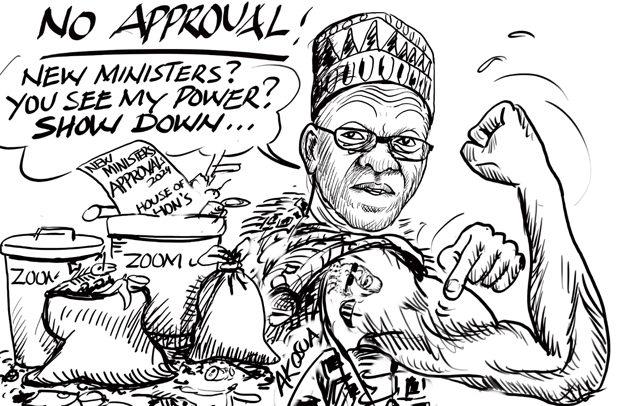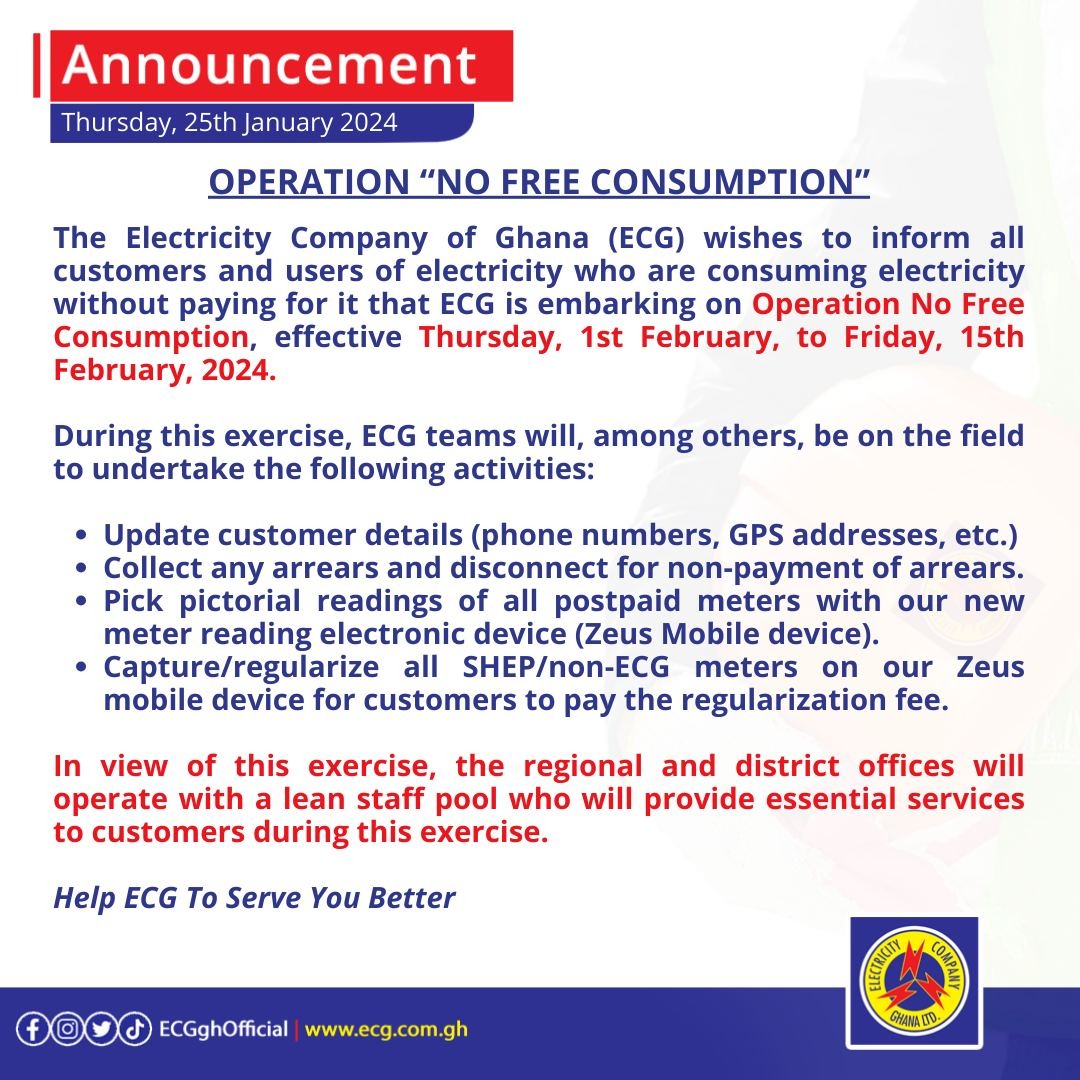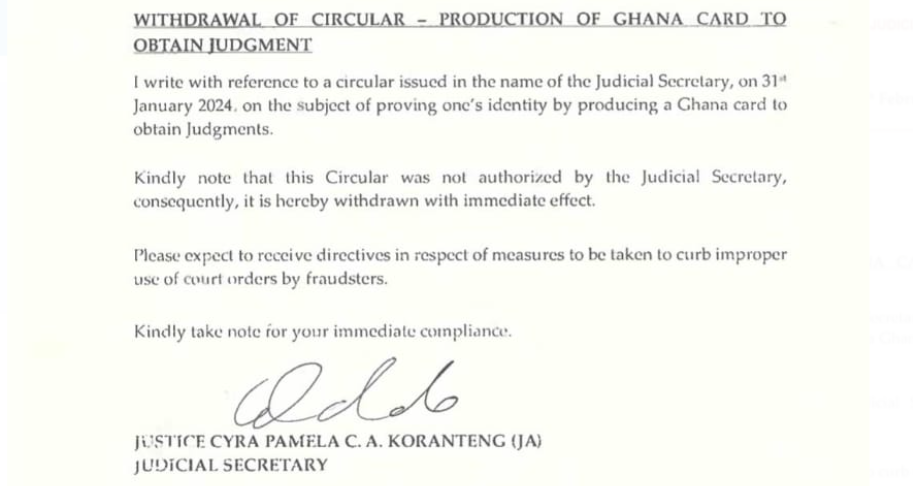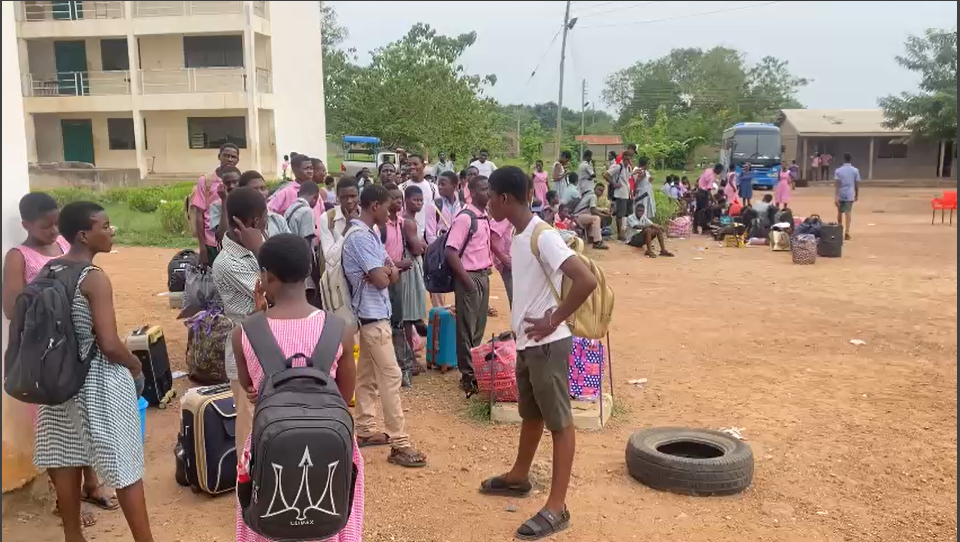
By Alberta Abena Akyaa AKOSA
Dear Reader
Do you agree with me on this statement?
That there will truly not be any food available, without a farmer?
This statement gets scarer for me day by day, whenever it pops up in my mind.
I have had the opportunity to travel across almost all the sixteen regions of the country, covered a larger portion of over 100 communities, worked and dined with farmers, listened to the experienced grass root farmers, built capacities through partnership supports, with the likes of AGRA, YARA, AMG fertilizers and Global Affairs Canada.
My farm work and experiences continue to be an exciting, purposeful, result-oriented, fulfilling and rewarding journey, but then, there is that growing concern, when you touch base, with the very people, who feed us.
There is the growing concern, when you walk through the farmlands, of which some are being taken over by real estates companies, while some have been totally abandoned.
The worry further increases, when we group with our farmers, to use our hands, and man power, to harvest and process our seeds like, sesame for example.
The concern and worry increase, when you get to the field and realize, that our livestock sector, is steadily getting into a deplorable state.
Our cattle are producing more meat for us than milk, possibly because of the type of Breed, or we do not have the needed or appropriate machinery and equipment to add value to the products.
The last time I took a trip, down to walewale, I technically fed on watermelon, throughout my stay.
Why? Because, it was in abundance, and some farmers were ready to let it go, at a very low price, for fear of getting rotten and ending up throwing them away.
It seems to me, dear reader, that as a country, we are doing so much, putting in so much effort; from both the public, development agencies and private sector, but then, are we receiving the expected outcomes?
Is the energy we put into the actions, yielding the expected results?
What is the state of our sector now?
Where are we heading towards agriculturally, from now, to 2035?
How do we get there?
These are the questions I have been throwing to myself, for a while now, and I truly wish, that we can individually offer some solutions, through my email: [email protected]
While sharing some sound insights on how, we can get there, I may also submit, that there has been some tremendous work that has gone on and keep going on.
Indeed, through our partnerships with AGRA, YARA, Global Affairs Canada, we can confidently sing some good songs of the impact on the ground.
Their continuous commitment, from production, financing, accessing markets, capacity building, in transforming and shaping communities, keep catapulting.
I will also like to acknowledge, the USAID Projects, even though it is at the brick of collapsing by trump administration, the project has really supported in uplifting the grassroot, through most of its life transforming activities and interventions.
We can sincerely praise GIZ and Mastercard Foundation as well, as we are all witnesses, (direct and indirect) beneficiaries of their works.
Farming to sell – farming to eat!
These part, reflects my very personal experiences on the ground.
Smallholder farmers are in the majority and are scattered across the communities, producing on small farmlands, for subsistence, where the need be.
Of course, some have had the opportunity to build and expand within their communities, at the regional level and contributing effectively to feeding the nation.
These independent or farmer groups are sometimes, limited to produce more, due to the lack of production or processing machines.
I speak proudly of Queen Gaf, one of our most innovate and value addition farmer, we have been working with for over ten (10) years.
Queen Gaf grows and add value to chili, turmeric, groundnut, sesame, among others.
Queen Gaf, however does this, more manually. Even if she was well equipped and resourced? She could possibly farm more, produce more and add value to more, both for local and international consumption.
We can also reference, our very own Jamilla in Wa and how she is innovatively adding value to cassava, plantain, maize, soya, sorghum, baobab, moringa, etc.
Also, is the Tibourataa women group , a vibrant group of women, who are presently producing and packaging pesticides from the Neem tree.
Thousands of these women and innovators are scattered across our communities?
What does this bring to mind?
Community Infrastructure development, training and more training and provision of appropriate resources to the right communities at the right time.
Ghana has about 261 districts, with over 160,000 communities.
I am convinced, there will be a life time transformation and a proper direction of the AgriFood future, if we can consider as a country, to focus our energies at what each community can produce better, bring the farmers within that community to produce, same, train and train them more, provide them with the needed resources, machinery, equipment, storage, etc.
The plan should possibly be that strategic, such that, each community becomes a vibrant industry; farming, processing, storing, transporting. A community positioned and known, not only for what they can produce more, but equally known as an Industry.
We should consider, a community at a time development approach, to feed into the overall agricultural calendar for the long term.
The above, might necessarily not be a new idea, it may possibly be existing. If so, then, what are we lacking as a country?
Is it our structures, we as a people, our mindset, or a combination of the three?
An area that receives little attention, is that of the Livestock and Poultry sector.
Importation is on the high each day. I am not ruling out importation at all, we are not there yet, but then, how do we get there?
How can we even ensure that, the livestock and crops sector, are in tandem, receiving equal attention? How can we get more from our cattle farm, beyond meat, for instance?
These are some of the questions I am leaving you with
To be continued …
The post No farmer – no food (1) appeared first on The Business & Financial Times.
Read Full Story





















Facebook
Twitter
Pinterest
Instagram
Google+
YouTube
LinkedIn
RSS